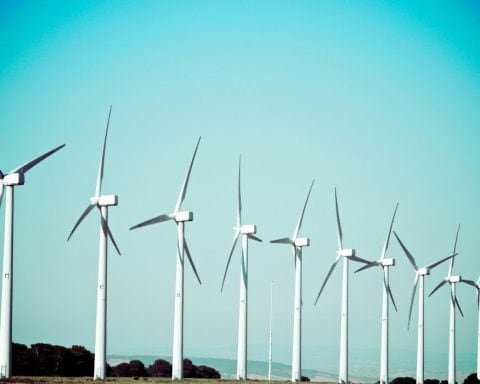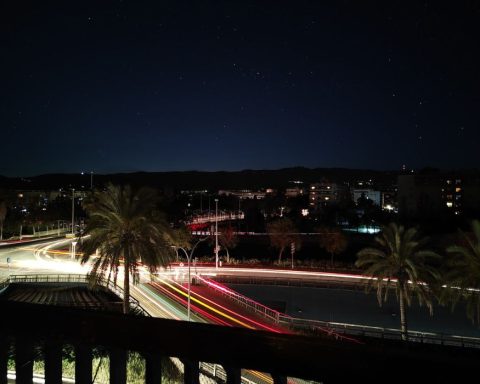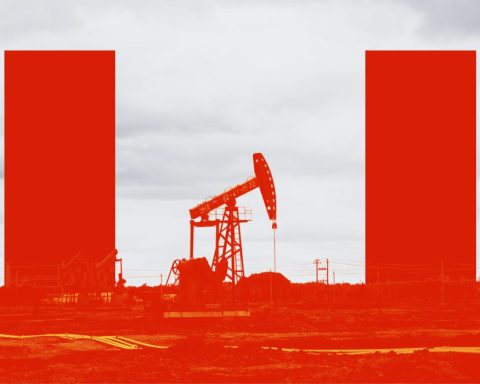This is the third installment of our six-part Masters of Metamorphosis series, in which we look at corporations that have reinvented themselves in order to seize opportunities in the energy transition. Read Naomi Buck's opening essay: "How Some Companies Are Embracing Radical Change to Succeed in the Green Economy."
On a grey day in November 2009, a motley crew of German environmentalists paraded across a square in downtown Copenhagen carrying a massive, inflated dinosaur whose torso was a black chimney spewing black balloons. Over megaphones, they explained that their “coalosaurus” protest was directed at the coal-fired power plant that Danish energy giant DONG intended to build on Germany’s Baltic coast.
![]()
Local Copenhageners biking to work seemed to be paying no attention, but DONG was. The company, which had been established by the Danish government in 1972 as Dansk Naturgas with a mission to develop oil and gas resources in the North Sea, had grown to become the country’s main supplier of power, and in 2009, that supply was still largely rooted in coal and gas.
For DONG (Danish Oil and Natural Gas), the coalosaurus was not the only sign that something had to change. In 2009, Copenhagen played host to COP15, and the irony was writ large: a climate conference held in a country whose state-owned power system was one of the most carbon-intensive in the world. Furthermore, the economics of fossil fuels were rapidly changing. As climate consciousness grew and the price of natural gas fell, DONG’s S&P credit rating slid into the negative.
The company embarked on one of the most radical – and successful – corporate transformations of all time. Having announced its intentions the previous year, DONG cancelled its coal plant plans in 2009 and launched a program to flip its energy mix to 85/15 renewables/fossil fuels within a generation. It ended up accomplishing that feat in a decade.
![]() To do so, it went all in on offshore wind energy. As an emerging market, offshore wind was expensive to produce – twice the cost of onshore – but as DONG divested of its fossil fuel assets, it put all of its resources into optimizing every aspect of offshore construction and operation. It began investing in, buying and developing offshore farms across Europe and the United States.
To do so, it went all in on offshore wind energy. As an emerging market, offshore wind was expensive to produce – twice the cost of onshore – but as DONG divested of its fossil fuel assets, it put all of its resources into optimizing every aspect of offshore construction and operation. It began investing in, buying and developing offshore farms across Europe and the United States.
Having sold off the last of its oil and gas production business in 2017, DONG changed its name to Ørsted, after the 18th-century Danish scientist Hans Christian Ørsted, who discovered the connection between electricity and magnetism.
By 2019, Ørsted owned 30% of the global market in offshore wind energy, with farms in Denmark, Britain, Germany, the Netherlands and Taiwan. That year, Corporate Knights crowned it the world’s most sustainable energy company. While it still gets some revenue from the distribution of fossil-fuel-derived energy, 91% of Ørsted’s earnings aligned with the European Union’s taxonomy of sustainable activities in 2024, the same year it closed its last coal-fired power plant.
Ørsted’s transformation was remarkable not only in its speed and scale. In 2016, the company went public on the Copenhagen stock exchange in a US$15-billion initial public offering: at the time, the world's second biggest ever. Its stock price soared, with the company’s market value peaking in 2021 at more than US$95 billion.
Masters of Metamorphosis
How some companies are embracing radical change to succeed in the green economy
Italy’s ERG proves you can trade oil for renewables and win
Why New York City's last dairy switched from cows to nuts
In recent years, Ørsted has faced headwinds – inflation, higher interest rates and the supply chain breakdown that resulted from the pandemic. Donald Trump’s January announcement that “we are not going to do the windmill thing” and subsequent dismantling of green infrastructure funding further threaten Ørsted’s U.S. projects.
But the company is open about the challenges it has faced; it shares a white paper on its website detailing lessons learned along the way, and the ongoing case for offshore wind. And it remains steadfast in its mission, in the words of former CEO Mads Nipper, “to prove that there is no long-term trade-off between sustainability and financial value creation.”
Naomi Buck is a Toronto-based writer.
The Weekly Roundup
Get all our stories in one place, every Wednesday at noon EST.





